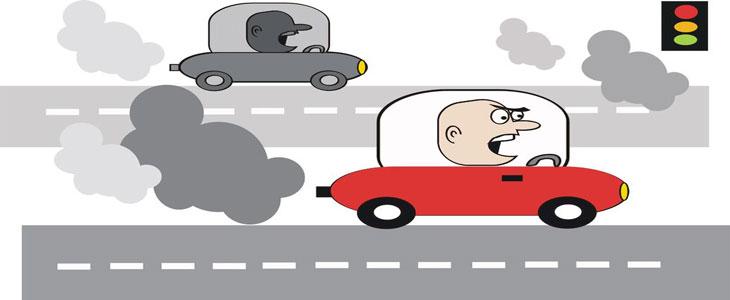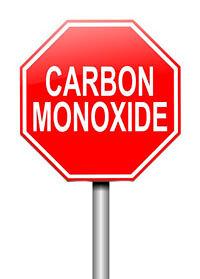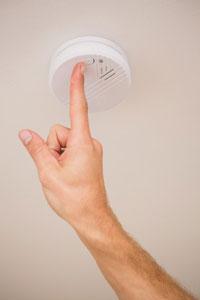
Carbon monoxide (CO) is a colorless, odorless and tasteless gas that results from an incomplete combustion process. If there’s not enough oxygen in the burning process, the resulting gas is carbon monoxide instead of carbon dioxide. If you have any combustion appliances in your home, such as a gas stove or furnace, or if you use a fireplace, wood burning stove or kerosene heater, you are at a higher risk for CO poisoning.
Carbon monoxide attaches itself to the hemoglobin in your blood and prevents oxygen from traveling to your organs and tissues. High levels of CO can lead to death within 3 minutes to an hour.
Symptoms of Carbon Monoxide Poisoning
Because the symptoms of CO poisoning often mimic those of the flu, it’s essential to check the level of carbon monoxide in your home if you experience any of these symptoms:
- Dizziness
- Headache
- Nausea and vomiting
- Stomach pains
- Disorientation
- Trouble breathing
- Loss of consciousness
- Convulsions
If you suspect CO poisoning, move to fresh air immediately and call 911.
Protect Your Family
There are several things you can do to prevent carbon monoxide from leaking into your home’s air.
 Schedule HVAC maintenance. Annual preventive maintenance on your gas-operated heating system is essential for preventing CO leaks. A qualified technician will inspect your system’s essential components to ensure carbon monoxide safety. As an added bonus, a tune-up will also increase your system’s efficiency and lower your heating bills.
Schedule HVAC maintenance. Annual preventive maintenance on your gas-operated heating system is essential for preventing CO leaks. A qualified technician will inspect your system’s essential components to ensure carbon monoxide safety. As an added bonus, a tune-up will also increase your system’s efficiency and lower your heating bills.
- Schedule a chimney inspection. Carbon monoxide is a concern any time you light a fire in your fireplace. An annual chimney inspection will ensure your damper and flue are working properly, as well as clean the creosote off of the chimney walls to help prevent devastating house fires.
- Use only the manufacturer’s-approved fuel for gas heaters.
- Install an exhaust vent over your gas stove and turn it on while you cook.
- Visually inspect your appliances regularly. If you see soot or a brownish-yellow discoloration on or around them, contact a qualified technician to inspect the unit.
Carbon Monoxide Detectors
CO detectors are essential safety tools for every home with gas-operated appliances. You should install one on every floor in your home, with one nearby your main sleeping area. Look for CO detectors with these life-saving features:
- Battery backup power. If you choose a CO detector that is plugged in or hardwired to your home’s electrical supply, make sure it has battery backup. CO leaks often occur during power outages, when homeowners use gas-powered generators and heaters or wood-burning stoves or fireplaces.
- Audible alarm. Some CO detectors have a light that changes color when CO is detected in the home. Make sure yours has an audible alarm that will alert you to a CO leak while you’re sleeping or away from the detector.
- Digital readout of CO levels. Knowing the level of carbon monoxide in your air can help emergency personnel locate the source of the leak, as well as treat those who have been exposed to the gas.
- Alerts. It’s easy to forget about your CO detectors. Choose a model that features an audible alert when it’s time to change the batteries or replace the unit. Most CO detectors last about 7 years.
- Test button. Make sure your CO detector has a test button to ensure it’s working properly. Push the test button weekly and replace your unit immediately if no sound results from pushing it.

